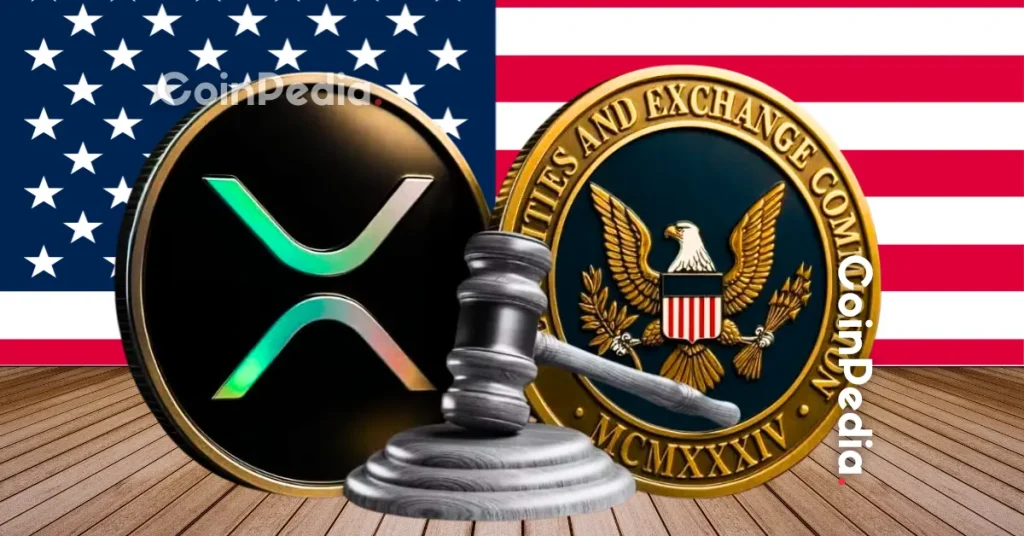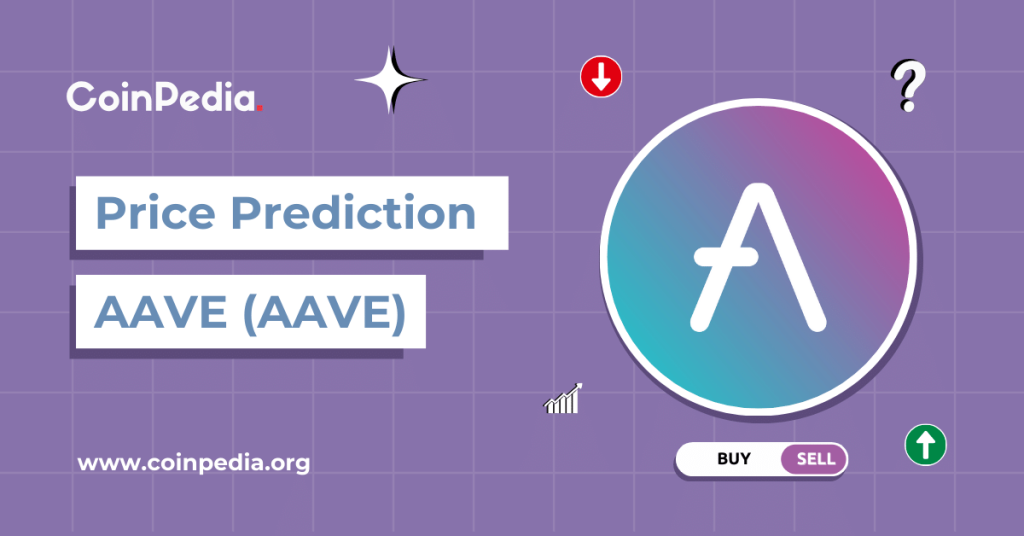
The SUI price is showing signs of a breakout as cryptocurrency ETP provider 21Shares made a major announcement regarding a SUI ETF. The company’s latest filing with the Securities and Exchange Commission (SEC) for an SUI exchange-traded fund in the United States has pushed the coin’s price high today.
21Shares files for SUI ETF amid US expansion
According to the company’s announcement, this filing is “a first step in expanding exchange-traded access to SUI.” The news comes alongside a newly formed partnership between 21Shares and the Sui blockchain network. Institutional interest is driving the expansion of the Layer-1 protocol’s global reach.
21Shares has formed a partnership with the Sui blockchain network while simultaneously filing for a SUI ETF with the SEC. The Switzerland-based company, headquartered in Zurich, is expanding its focus to the U.S. market after building an extensive suite of digital asset services across Europe.
We’ve filed with the SEC for a SUI ETF in the U.S. — a first step in expanding exchange-traded access to SUI.@SuiNetwork https://t.co/06X49EaiFN
Materials provided herein are intended solely for educational purposes only. These materials should not be construed as… pic.twitter.com/dgFpgybwSZ
— 21Shares US (@21shares_us) May 1, 2025
“Since our earliest research into Sui, we believed it could become one of the most exciting blockchains in the industry, and we’re seeing that thesis play out,” said Duncan Moir, President of 21Shares. The company stated that its decision to pursue Sui products is based on both conviction in the technology and growing investor demand.
The partnership will include product collaborations, research reports, and other initiatives designed to increase accessibility to the Sui ecosystem. Kevin Boon, President at Mysten Labs, the original contributor to Sui, stated that “Sui was designed to become the global coordination layer for digital assets.”
SUI price eyes breakout at key resistance level
The SUI price has shown strong price performance amid the ETF filing news, with an 11% surge in the last 24 hours. This recent jump adds to its 56% gain over the past 30 days and approximately 230% increase over the last year.
Technical analysis from crypto analyst Ted suggests SUI is approaching a critical price point. He mentioned that SUI is approaching a key resistance level. Ted said that the $3.8-$4 zone was rejected last time, and it is now attempting another breakout.
$SUI is approaching a key resistance level.
Last time it got rejected from the $3.8-$4 zone, and it’s attempting another breakout.
If SUI manages to break above $4, it could soon hit a new ATH. pic.twitter.com/cGOVKjTUyC
— Ted (@TedPillows) May 1, 2025
If SUI successfully breaks above the $4 mark, Ted suggests it “could soon hit a new ATH.” The price chart shows an upward trendline that has been supporting the price since late April. CoinGape has also released its price prediction for SUI, which shows a 49% bullish prediction.
The post SUI Price Eyes Breakout As 21Shares Files For Sui ETF appeared first on CoinGape.









 -3.73%
-3.73%